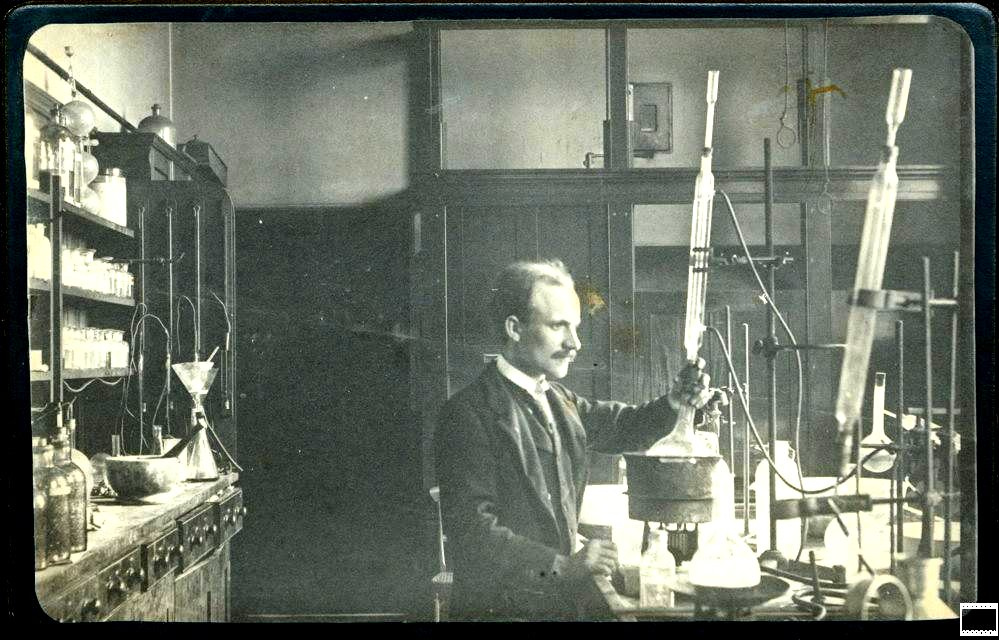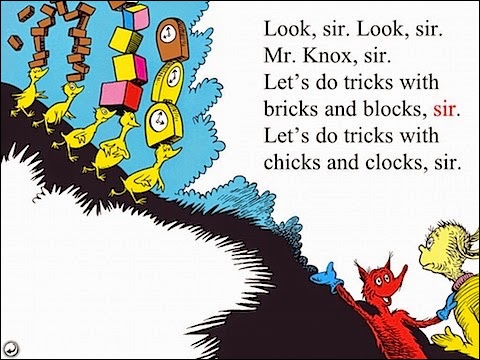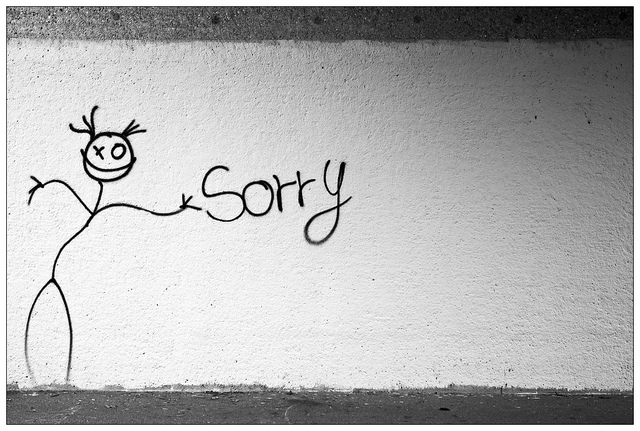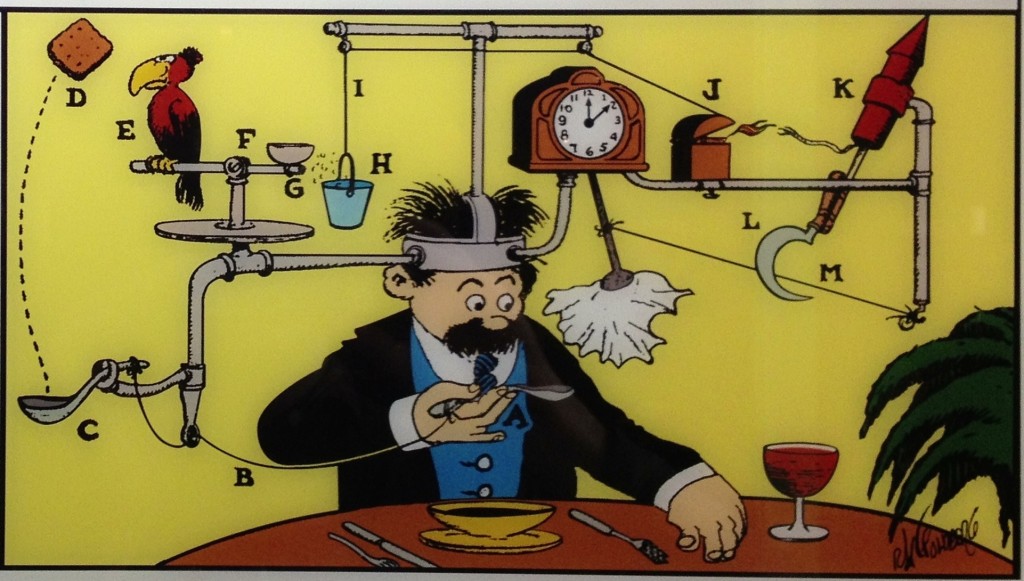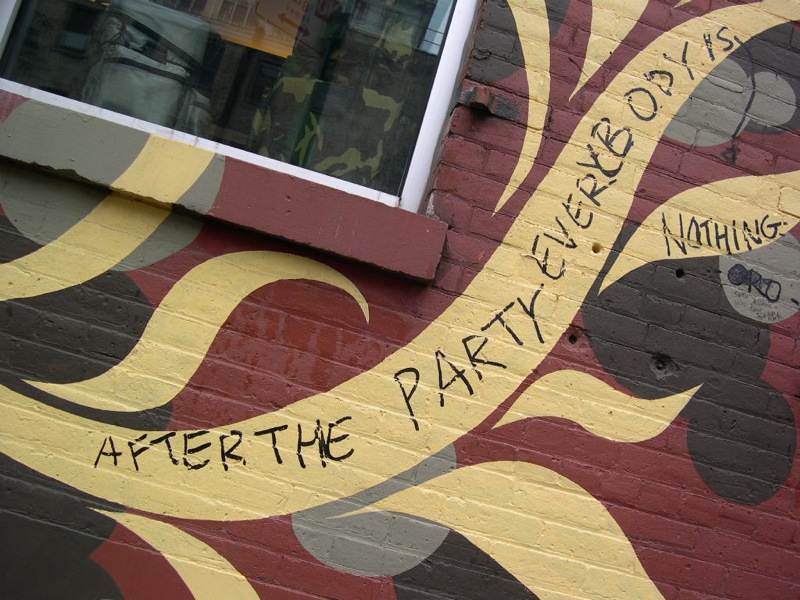A little over a month ago I started this link-a-day experiment, and I’ve been observing the results closely. Herewith, some results.
The plan: Each day, post a link to a provocative or valuable piece (current or older) with a key quote highlighted. Post it at my Wordyard blog and in a few other channels. See what’s working and what’s not.
The results:
(1) It’s great to be back to posting daily. Yes, I set a low bar for myself, but still: It’s fun, and a reminder of why this blogging thing made sense in the first place.
(2) It’s easy to keep up. I’m reading widely and taking these notes anyway because it’s just something I do. It makes sense to share them.
(3) The mode of link-sharing I prefer involves including a decent chunk of a quotation that highlights what interested me, and that provides some value to the reader even if she doesn’t click through to the original (though I hope she does). This makes my sharing on Twitter problematic. I’ve experimented with writing separate shorter teases that link directly to the original source rather than to Wordyard; also with linking to the Wordyard post; and with trying to cram both links into one tweet. None of these feels perfectly satisfactory. I’ll keep tinkering.
(4) Facebook is where millions of people hang out to get their links these days but Facebook is also ill-adapted to the sort of linking I want to do. The way it previews links inside the News Feed makes my highlighted blockquotes feel redundant. So I’ve had mixed results: A handful of FB posts have gotten some comments and seem to have turned up in friend’s feeds; a lot haven’t. I should probably redouble my efforts here.
(5) For the first couple weeks I put my links on This. every day. I really like the This. approach (one link per user per day), but it seems structured around a different kind of link-sharing than I’m trying to do. It’s built for each user to post his top story of the day, period, and it allows only very limited room for annotation, so the sort of highlighting I want to do doesn’t feel right. I stopped posting my links there.
(6) I turned on WordPress’s “post to Medium” plugin and began automatically reposting the WordPress posts on Medium. It’s worked out great, and requires zero additional labor. Since I’m doing other writing at Medium as well (for Backchannel), I set up a publication on Medium just for these link posts, which took about two seconds. It’s called The Authentiac (the name has to be more than one word, for some reason). I already have a sizable following on that platform, and at least some of the posts have picked up a little traction there. A
(7) I’m sending the full text of my link highlights once a week in an email to my list (75 and going strong — you can sign up here). It’s pretty easy using the MailPoet plugin, but I have to remember to do it each week. Sometimes I’ve been…late.
(8) For the first couple of weeks I wanted to make everything as simple as possible for myself, and that meant no images. But when I started playing around with images I realized, duh, of course! Adding images makes a huge difference to readership/pickup/engagement, particularly on social platforms. Even when you aren’t really out to goose the numbers and you’re not trying to build a cash business, you still, you know, want people to see what you’re doing. So I’ve been adding images whenever possible.
(9) I feel like this is just the start. The more I do this, the clearer it is to me that there ought to be an entirely more useful and valuable level of organization of these snippets beyond simple reverse-chronology. Whether it’s outlining or tagging or assembly into some kind of narrative, I don’t know. Looking forward to trying to figure that out.
Thanks for joining me on this exploration!

